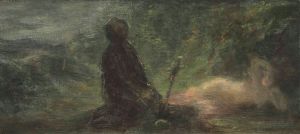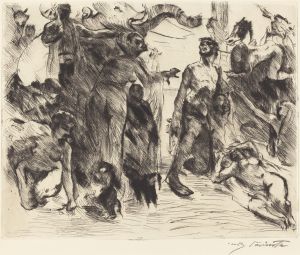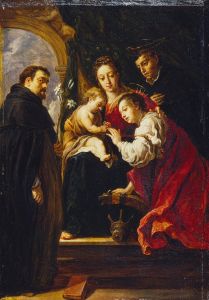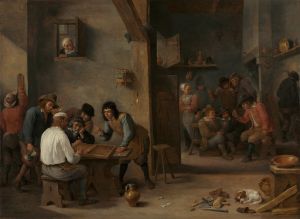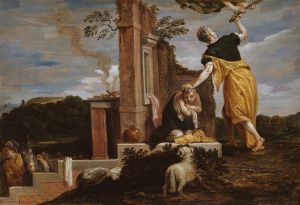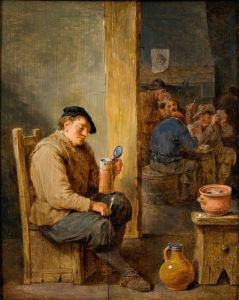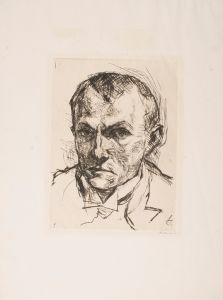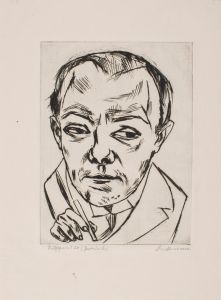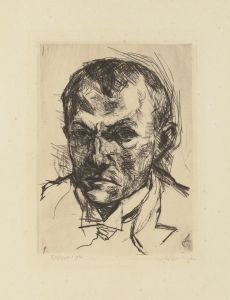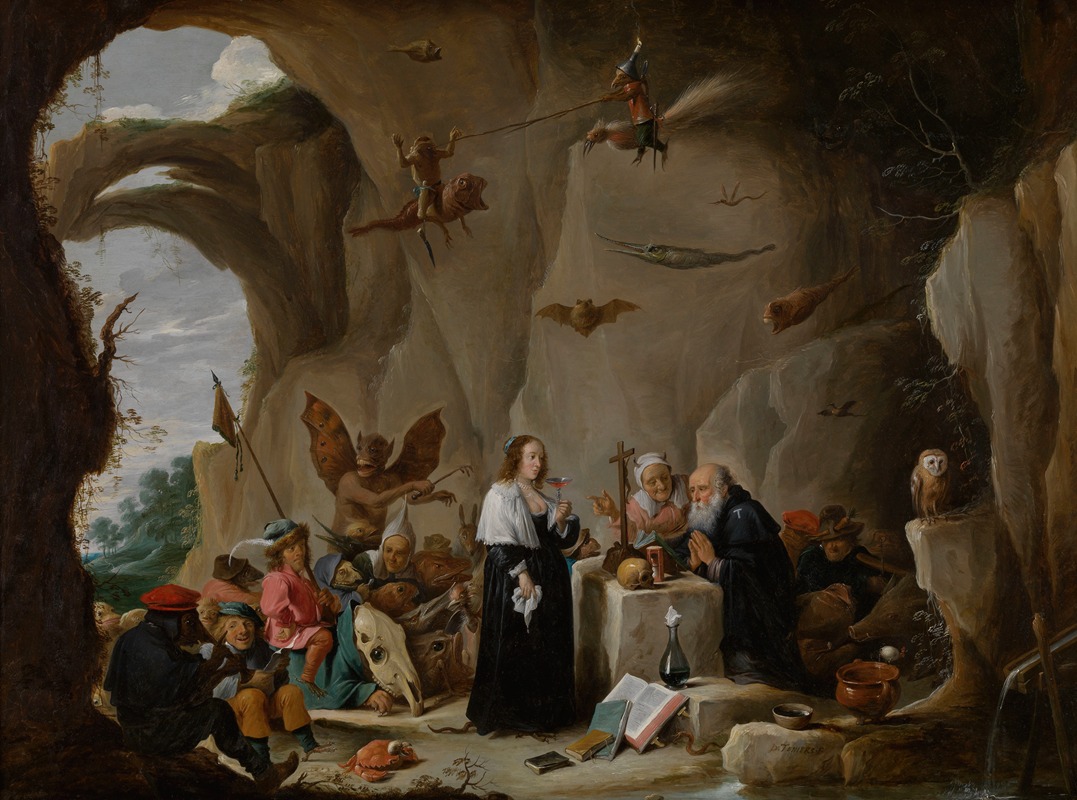
The Temptation of Saint Anthony the Great
A hand-painted replica of David Teniers The Younger’s masterpiece The Temptation of Saint Anthony the Great, meticulously crafted by professional artists to capture the true essence of the original. Each piece is created with museum-quality canvas and rare mineral pigments, carefully painted by experienced artists with delicate brushstrokes and rich, layered colors to perfectly recreate the texture of the original artwork. Unlike machine-printed reproductions, this hand-painted version brings the painting to life, infused with the artist’s emotions and skill in every stroke. Whether for personal collection or home decoration, it instantly elevates the artistic atmosphere of any space.
David Teniers the Younger, a prominent Flemish Baroque painter, is renowned for his depictions of genre scenes, landscapes, and religious subjects. One of his notable works is "The Temptation of Saint Anthony the Great," a theme he explored multiple times throughout his career. This painting is part of a broader tradition in European art that depicts the trials and temptations faced by Saint Anthony the Great, an early Christian monk and hermit.
Saint Anthony the Great, also known as Anthony of Egypt, is considered the father of monasticism. He lived during the 3rd and 4th centuries and is celebrated for his ascetic life in the Egyptian desert. According to hagiographies, Anthony faced numerous temptations by demons, which have been a rich source of inspiration for artists over the centuries. These stories symbolize the spiritual struggles and the triumph of faith over sin and temptation.
Teniers' interpretation of "The Temptation of Saint Anthony" typically features the saint in a desolate landscape, surrounded by a variety of grotesque and fantastical creatures. These creatures are often depicted as a mix of human and animal forms, embodying the chaotic and surreal nature of the temptations. The artist's skillful use of color, light, and composition enhances the dramatic tension of the scene, drawing the viewer into the spiritual and psychological conflict faced by the saint.
Teniers was influenced by earlier depictions of the same theme, particularly those by Hieronymus Bosch and Pieter Bruegel the Elder. Like his predecessors, Teniers employed a detailed and imaginative approach to the subject, filling the canvas with numerous figures and intricate details that invite close examination. His work reflects the Baroque interest in dynamic compositions and the exploration of human emotion and spirituality.
In addition to its religious significance, Teniers' painting can be appreciated for its technical mastery and the artist's ability to convey complex narratives through visual means. The painting's rich iconography and vivid imagery offer insight into the cultural and religious context of the 17th century, a time when the Catholic Church emphasized the importance of saints as models of piety and virtue.
Teniers' "The Temptation of Saint Anthony" is housed in various collections, with different versions and interpretations existing in museums and galleries worldwide. Each version showcases Teniers' consistent interest in the theme and his ability to adapt it to different artistic contexts and audiences.
Overall, David Teniers the Younger's "The Temptation of Saint Anthony the Great" stands as a testament to the enduring appeal of this religious narrative and the artist's skill in bringing it to life. Through his work, Teniers not only contributed to the rich tradition of religious art but also left a lasting impact on the visual culture of his time.





